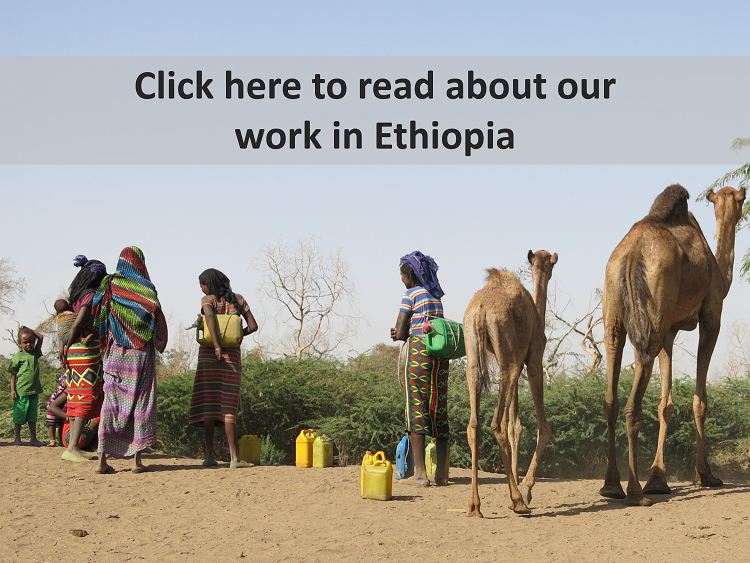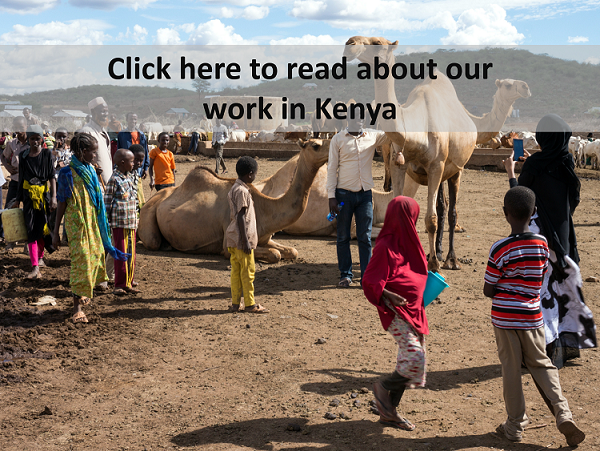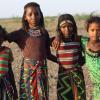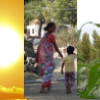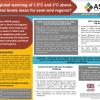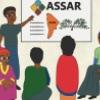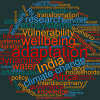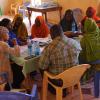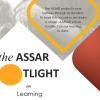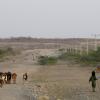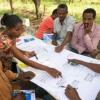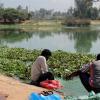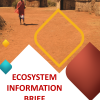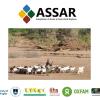Jump to: Regional partners | News stories
The semi-arid regions of East Africa are among the most food insecure regions in the world. Many people rely on the rains for their crops and livestock. Additionally, communal conflict, and the resulting population displacement, is an ongoing challenge to regional security and peace.
Climate change is bringing a new dimension to East Africa’s vulnerability. This is partly because the institutional and economic capacity to deal with climate change impacts is often inappropriately allocated and structured.
It is therefore essential to understand how to enhance the ability of communities, local organisations and governments in East Africa to adapt to climate change in a way that minimises vulnerability and promotes long-term resilience.
Within East Africa, ASSAR worked in the Ethiopian woredas (equivalent to districts) of Awash Fentale and Amibara in southern Afar region, and in the Kenyan counties of Isiolo, Meru and Samburu.
Regional partners
Click here to view the regional team members

